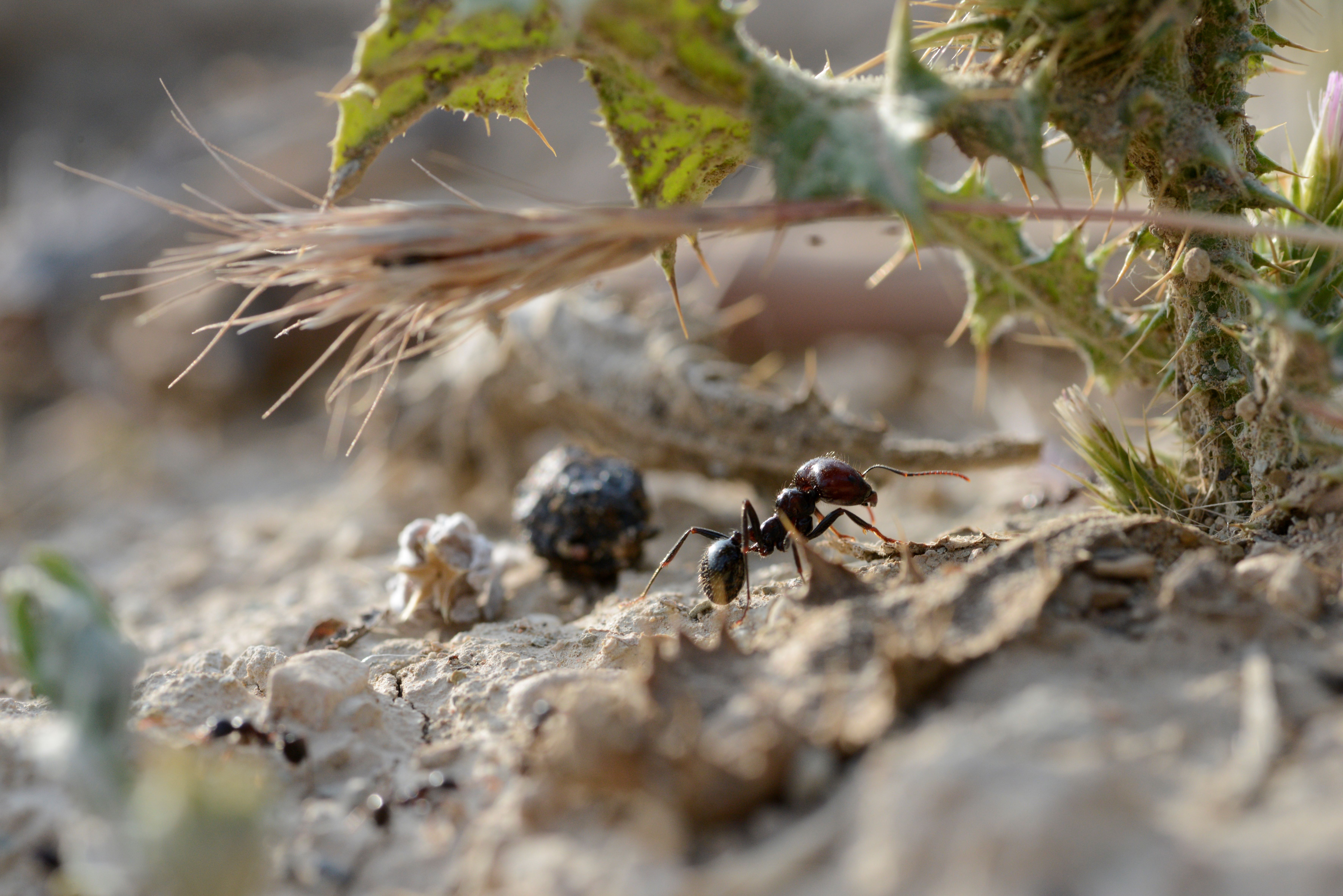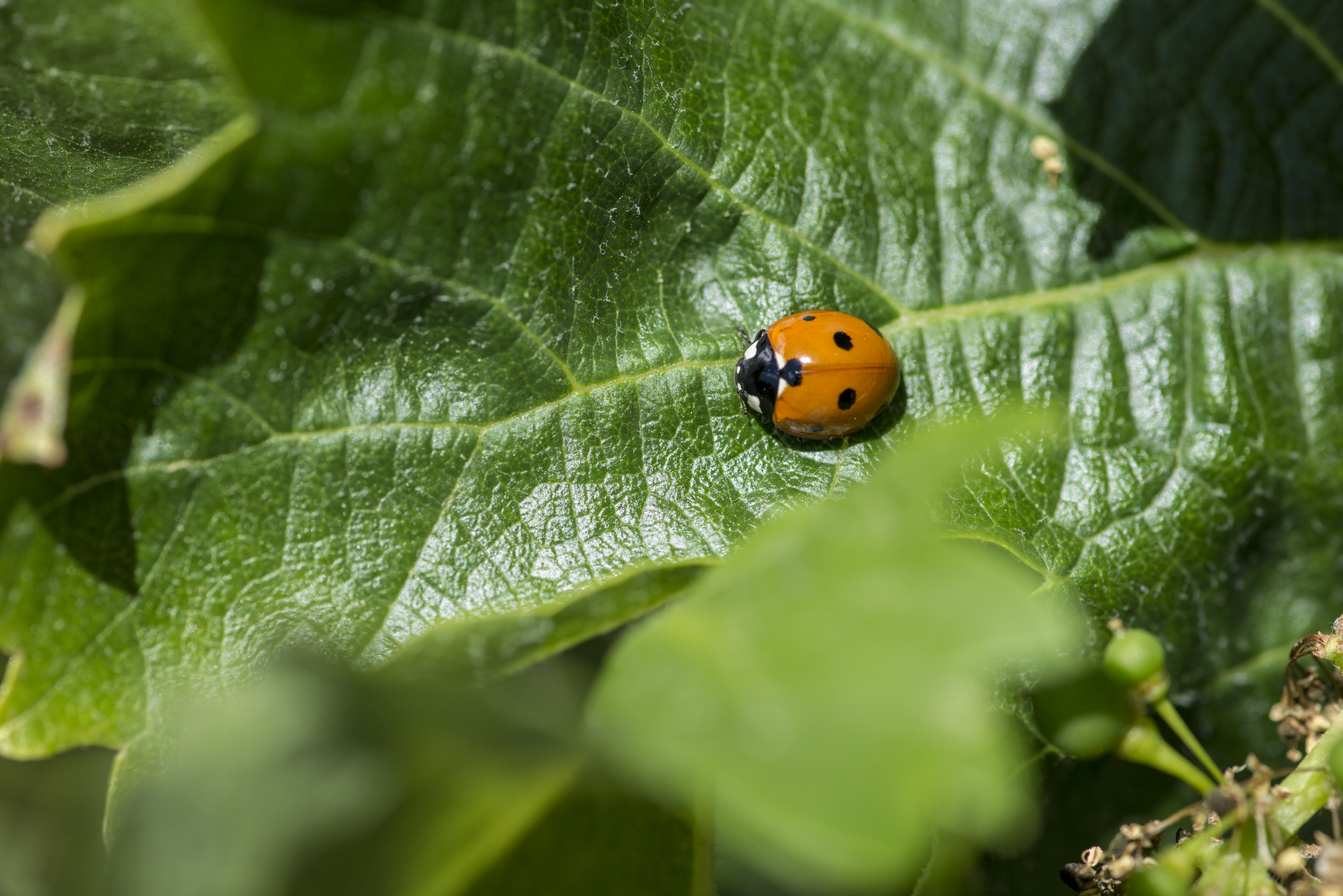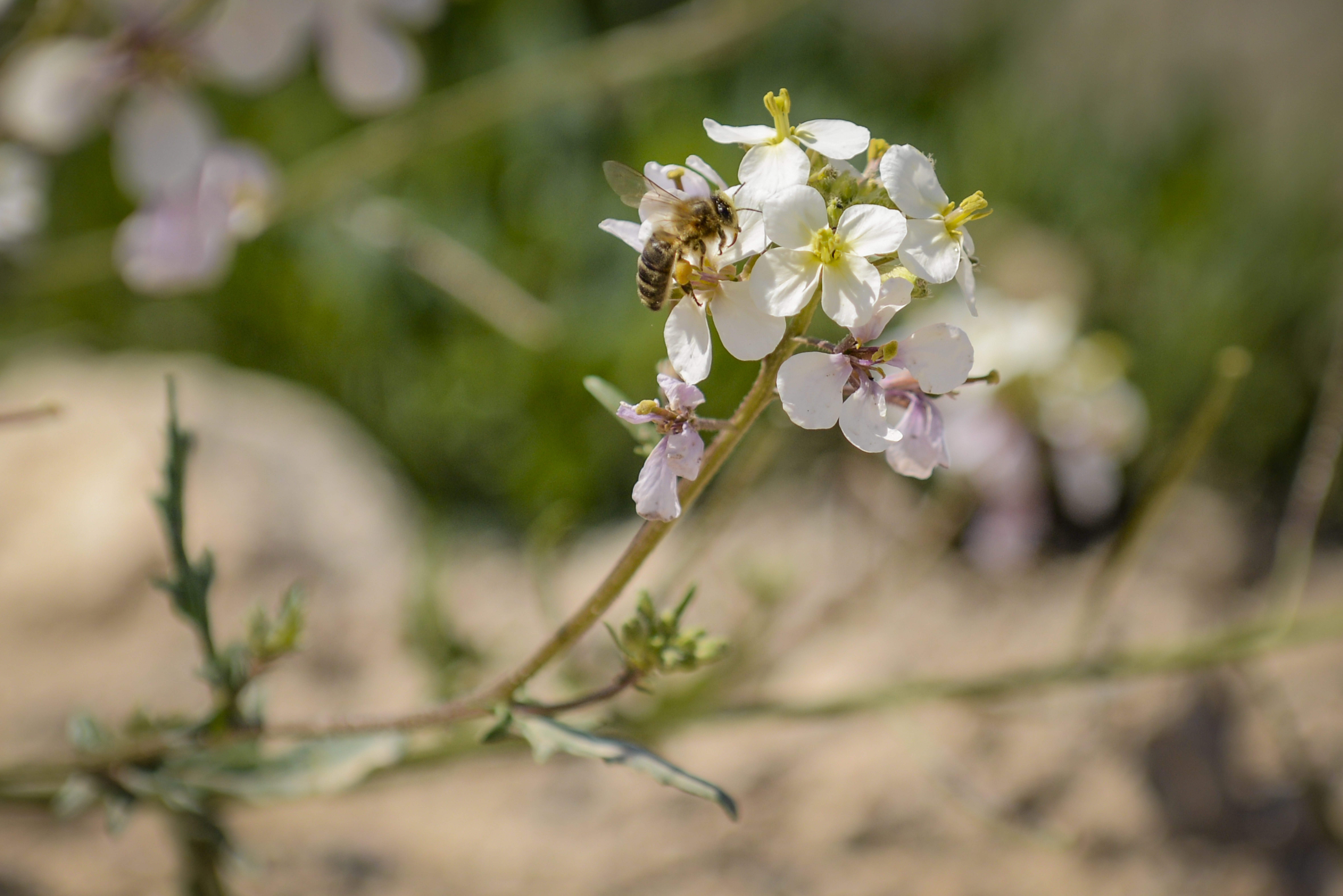The Farmer's Insect Allies

by Jose Luis Gallego, environmental communicator (@ecogallego)
We live on the planet of the arthropods. Some scientific reports indicate that more than half of the animals on Earth belong to this category of invertebrate: a phylum that includes insects, arachnids, crustaceans, and myriapods. With around one million identified species, this is undeniably the most varied, numerous, and ubiquitous group of animals on the planet. In fact, their combined biomass weighs twenty times more than all of humankind taken together – even though most of these species come in at less than a gram.
Their abundance isn’t their only defining characteristic – so is their importance in ensuring a well-functioning ecosystem. Insects and other arthropods are an essential component in maintaining the food chain. Not only do they provide a great number of vertebrates with their primary food source, but they also carry out an invaluable task by decomposing the organic matter, known as humus, that fertilizes the soil and nourishes plants.

A group of ants in the vineyard
In addition, insects are crucial pollinators and therefore essential for the development of the crops that feed us: up to 85% of our cultivated crop species depend on this ecosystemic service. Although it is true that certain species of arthropods can turn into pests, others act as predators and biological pest control mechanisms, thereby becoming the farmer’s best ally. This is why it is so important to know, respect, and protect them.
Few crops are better served by the presence of beneficial insects than grapevines. Lacewings, bugs, hoverflies, bees, wasps, ladybirds, and dragonflies all act as natural predators against various species of thrips, moths, aphids, plant lice, caterpillars, flies, mosquitos, and mites that can grow into pests and cause damage in the vineyard.

A lone ladybird delicately perched on a green grapevine leaf
One of the best examples is the likable and popular ladybird, which manages to eliminate thousands of plant lice during its short life without causing damage to either vine or grape. Meanwhile, the delicately elegant lacewing is particularly drawn to the larvae of the Xylotrechus arvicola beetle, one of the winegrowers’ greatest enemies.
Dragonflies and mantises are a veritable sanitation crew when it comes to clearing the vineyard of flies, moths, and adult caterpillars. Wasps have a voracious appetite for thrips and mites, whereas bees and hoverflies are not only crucial pollinators, but also eliminate plant lice and keep other grapevine parasites in check.

A bee briefly reposes on a blossom, a silent moment in the greater symphony of pollination
The bad news is that harmful farming practices and the industrialization of agriculture are reducing beneficial insect populations and with it their pest control function in both the vineyard and other traditional crop fields. According to a recent article published in the scientific journal Biological Conservation by a team of researchers at the University of Sydney’s Institute of Agriculture (Australia), the decline in these insect populations is growing at a rate of around 3% per year. Based on the study’s calculations, at this rate we could lose up to one fourth of all identified species during the coming decade, and, if we do not remedy this situation, half of all known insects could disappear by the middle of the century.
For this reason, it is of utmost importance that we protect these invaluable representatives of our planet’s biodiversity. Plant covers provide one strategy in support of this goal. This farming technique, an integral component of regenerative agriculture, prevents erosion and soil compaction, as well as being good for the entomofauna that is beneficial to farmers.
Evidence has shown that the coexistence of crops and wild plants not only re-balances the nutrients in farmland soils, improves the water balance, and contributes to carbon capture, but also encourages biological pest control and reduces the use of chemical pesticides. In the case of vineyards, pests are capable of adapting and growing resistant to these types of harmful products, but they will never be able to elude the highly effective and completely harmless control mechanisms of their natural predators – turning the latter into the farmer’s allies.
